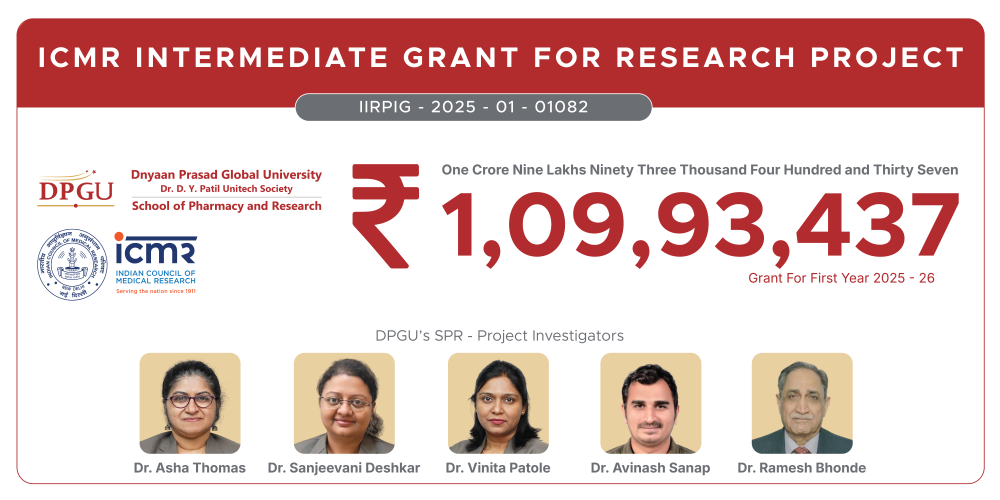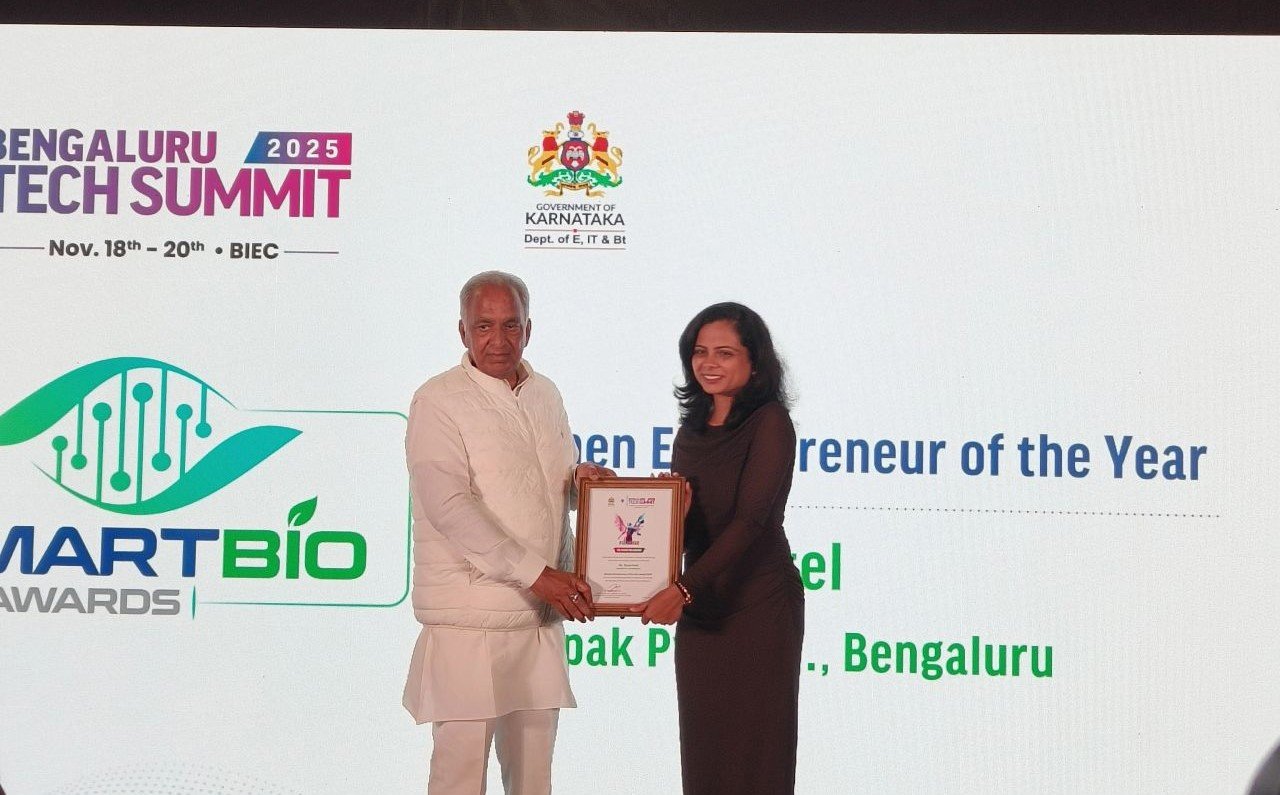IIT-M leads development of new biosensor platform to test pregnant women for pre-eclampsia
April 28, 2025 | Monday | News
Pre-eclampsia affects a large number of pregnant women and newborns worldwide
image credit- shutterstock
An Indian Institute of Technology Madras (IIT-M)-led multi-institute research team has developed a new biosensor platform that can test pregnant women for pre-eclampsia.
The researchers have come together to develop a Point-of-Care (PoC) testing using fiber optics sensor technology as a possible alternative to existing technologies.
Pre-eclampsia (PE) is a life-threatening complication that occurs during pregnancy, affecting a large number of pregnant women and newborns worldwide. Rapid, on-site and affordable screening of this complication at an early stage is necessary to ensure timely treatment and minimise both maternal and neonatal morbidity and mortality rates.
The usual method to detect pre-eclampsia is time-consuming, requiring huge infrastructure and trained personnel, which makes this test mostly inaccessible to remote areas and resource-limited settings.
Prof. V.V. Raghavendra Sai, Biosensors Laboratory, Department of Applied Mechanics and Biomedical Engineering, IIT Madras, said, “Placental growth factor (PlGF) is an angiogenic blood biomarker used for pre-eclampsia diagnosis. Herein, we have established the Plasmonic Fiber Optic Absorbance Biosensor (P-FAB) technology for detecting PlGF at femtomolar level using polymethyl methacrylate (PMMA) based U-bent polymeric optical fiber (POF) sensor probes. The biosensor platform developed by the research team is simple and reliable, paving the way for affordable diagnosis. It can also lead to increasing the test coverage of Placental growth factor (PlGF) biomarker tests, thereby resulting in a potential for a significant impact on the management of pre-eclampsia and towards reduction in the global burden of mortality and morbidity from pre-eclampsia.”
Elaborating on when this technology could reach field implementation, Dr Narayanan Madaboosi, DBT Ramalingaswami, Re-Entry Fellow, Department of Biotechnology, Bhupat and Jyoti Mehta School of Biosciences, IIT Madras, said, “This technology for pre-eclampsia detection has systematically traversed the required validation stages, ranging from analytical through bioanalytical until clinical evaluation, thereby advancing via the associated Technology Readiness Levels (TRL). Further large scale patient sample analysis across diverse clinical settings with this validated biosensor, together with robust prototyping, would enable and smoothen its potential Tech Transfer and subsequent commercialisation in the near- and mid-term future, respectively.”










